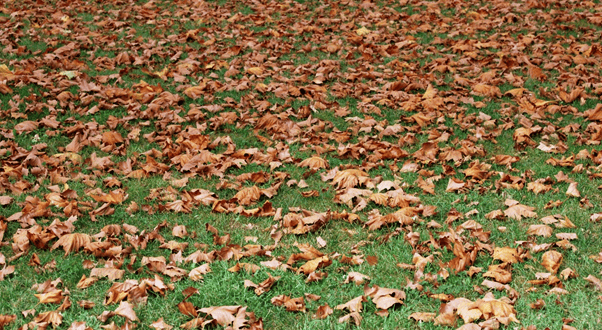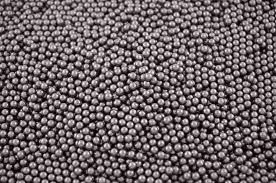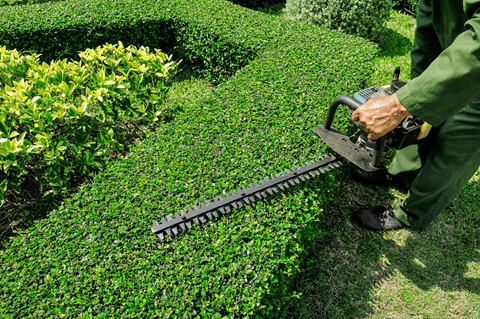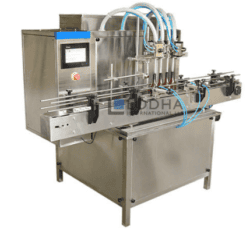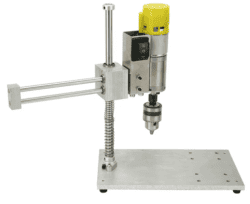The process of land remediation is, in its simplest form, a way to restore contaminated land so it can be used safely once more. Both human activities and natural processes can be to blame for land becoming contaminated over time – for example, by heavy metals or if it’s used for agricultural or industrial operations.
Contamination becomes legally defined if substances pose a risk to human health, protected species, property or the environment. And implications can be severe, with both legal and financial consequences. For those seeking expert support, remediation contractors can offer solutions.
Remediation efforts involve several strategies:
Removal of contamination: Physically extracting the contaminated material from the site.

Elimination of pathways: Preventing the movement of contaminants to vulnerable areas.
Limiting access to contaminants: Restricting exposure to the affected site.
Treating contaminants: Employing methods to reduce contamination to safe levels.
The remediation process typically requires the support of expert remediation contractors and comprises the following four stages:
1. Preliminary site investigation: Conducting thorough research on the site’s history and prior land use.
2. On-site investigation: Involves activities like drilling and laboratory testing to identify the sources of contamination, potential receptors and pathways between them.
3. Remediation works: After evaluation, the best technology and techniques are selected for the project. This stage includes budgeting, outlining benefits and sustainability assessments.
4. Verification and validation: Continuous monitoring to assess if the objectives have been met. Findings are presented with supporting evidence.
Technologies and techniques that are deployed in land remediation may include:
Excavation or dredging: Involves the physical removal of contaminated soil, sometimes followed by aeration or additional treatment.
Pump and treat: This technique removes contaminated groundwater and treats it on the surface using various methods.
Solidification and stabilisation: Utilises chemical reactions to immobilise contaminants, preventing them from spreading.
Bioremediation: Stimulates microorganism growth or harnesses existing microbial activity to naturally degrade contaminants.
Air sparging: Targets groundwater or saturated soils, flushing out contaminants through injected air.
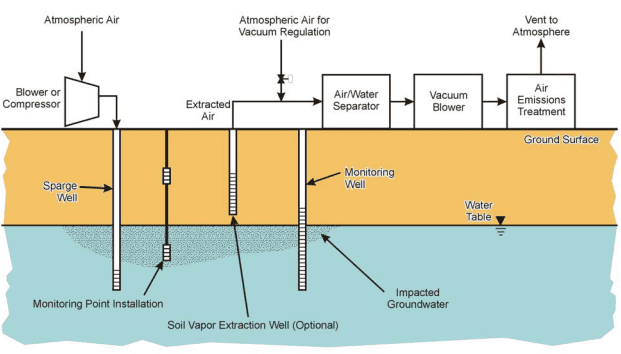
These methods, combined with expert knowledge and careful planning, enable the successful restoration of contaminated land, safeguarding both the environment and public health.
